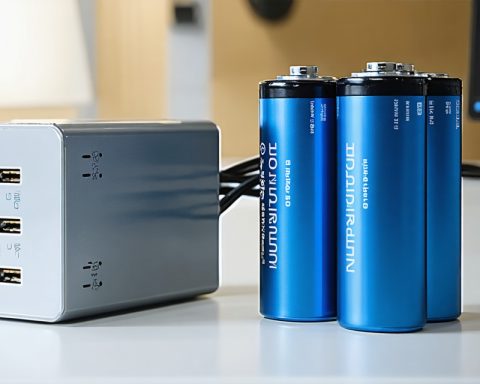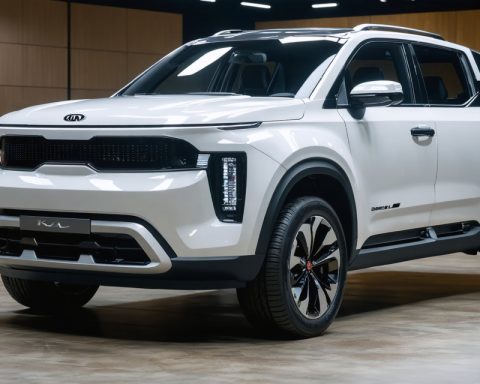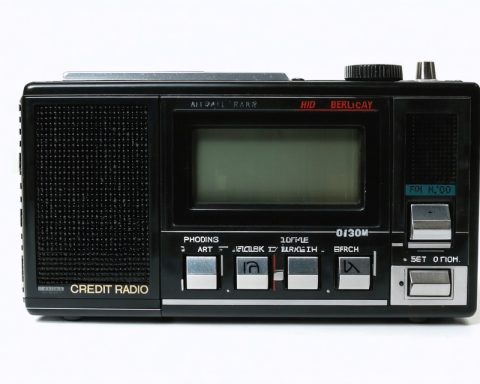In a recent interview, the CEO of Oura, a prominent health-tech firm, put an end to rumors about Apple entering the smart ring market. Despite the buzz surrounding Samsung’s smart ring release, Apple appears to be steering clear of this territory.
Tom Hale, the driving force behind Oura’s innovative smart rings, shared his insights during the Web Summit in Lisbon. He expressed skepticism about Apple’s involvement in this product line, suggesting the company is “unconvinced about combining a ring and a watch.” Such a move could conflict with the Apple Watch’s established success.
While Samsung’s entrance into the smart ring arena has turned heads, forecasts of Apple launching a similar product by 2026 may not materialize. Hale believes Apple is more focused on enhancing its existing wearable technology, preferring to strengthen the Apple Watch as its primary health device.
A smart ring, packed with sensors, offers users health and activity monitoring with unmatched comfort and extended battery life. This makes them appealing for all-day wear, surpassing the convenience of traditional smartwatches.
Apple, known for its strategic focus, seems committed to refining the Watch, rather than diverting its attention. Meanwhile, Oura continues to push boundaries, recently unveiling its latest Oura Ring 4 to stay competitive in the rapidly evolving tech landscape.
The question remains: Will Apple eventually make a play in the smart ring world, or continue perfecting its current wearables? For now, it appears their eyes are set firmly on different horizons.
Will the Future of Wearable Tech Be Ring-Shaped? Exploring the Uncharted Territory Beyond Apple’s Boundaries
The recent stir in the wearable tech space over Apple’s potential entry into the smart ring market has sparked debates on the future of these miniature marvels. While industry heavyweights like Samsung dive headlong into this market, Apple seems content to remain on the sidelines—for now. But what does this mean for technological innovation and humanity’s future?
Understanding the Smart Ring Phenomenon
Smart rings are not just another flashy gadget; they have the potential to reshape how we interact with our health data. These tiny wearable devices, designed to slip onto a finger, are equipped with a range of sensors that monitor health metrics like heart rate, sleep patterns, and activity levels. Unlike bulkier smartwatches, smart rings offer a discreet, convenient, and comfortable alternative without compromising on essential functionalities.
Advantages and Disadvantages of Smart Rings
The primary advantage of smart rings is their size. They are unobtrusive and can be worn comfortably 24/7. This constant wearability allows for accurate long-term data monitoring, which is invaluable for health insights. Additionally, the battery life of a smart ring often surpasses that of a smartwatch, freeing users from frequent charging hassles.
However, the limitations are notable. Due to their compact size, the functionality of smart rings is somewhat restricted compared to smartwatches, which can host apps and display information on larger screens. Moreover, the precision of data from a smart ring may not always match the accuracy offered by more substantial, sensor-rich devices.
Impact on Technological Development
For tech enthusiasts, the real excitement lies in the implications for future technology. With companies like Oura pushing the boundaries, the capabilities of smart rings are expected to grow rapidly. Imagine advancements in miniaturization leading to even more powerful sensors that could detect a broader spectrum of health abnormalities proactively.
However, challenges remain in ensuring the accuracy and reliability of these devices. The integration of AI and machine learning to process the immense data collected could revolutionize personal healthcare but also raises concerns about data privacy and security.
Debating the Human Element
While technology strides forward, there’s a pressing need to balance innovation with human-centric design. Questions arise such as: How can we ensure that these technologies enhance our lives without becoming intrusive? What are the ethical implications of widespread biometric monitoring?
The Future: Will Apple Join the Bandwagon?
With Apple’s apparent disinterest in smart rings, for now, the landscape is left to pioneers like Oura and Samsung. But what if Apple changes its course? History shows that when Apple enters a market, it often redefines it. Their focus on perfecting existing products suggests a strategy aimed at keeping their brand synonymous with reliable and high-quality technology.
Conclusion
The world of wearables is at a fascinating crossroads, with rings poised to offer new dimensions in health monitoring and personal technology. Whether Apple decides to embrace this path or not, the evolution of smart rings is set to leave a significant mark on technological and human development.












